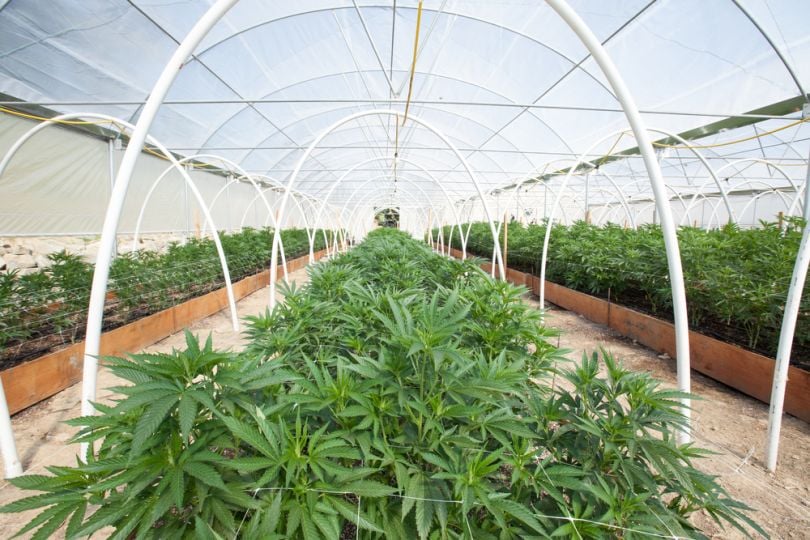
Internet of Things technologies are a fast-growing sector and so is cannabis within the United States. Greentech Media reports how more cultivators within the United States are making use of IoT for yield optimization in greenhouses.
“We're doing some cool work with indoor cannabis growers and consultants,” Tim Guiterman, chief marketing officer at Massachusetts-based InfiSense, an IoT firm, told Greentech Media.
With legalization spurring increased competition, Guiterman explained how this has led to growers looking for ways to gain an advantage through improved optimization. “It’s all about maximizing the yield per strain, based on whatever inputs are coming in.”
IoT is springing up sensor-fitted greenhouses that track heat and humidity among other variables, according to Guiterman. This technology helps growers cut down waste of energy and water.
In addition, these systems are less expensive and simpler to set up than their traditional heating, ventilation and air conditioning automation while offering more precise data on microclimates within the greenhouse environment that influence yield.
“You have a legal emerging market that’s very intensive in its use of inputs, whether that’s energy or nutrients, and there are brand-new businesses sprouting up to support and help that industry. They are using the Internet of things as the backbone of their business.”
“You have a legal emerging market that’s very intensive in its use of inputs, whether that’s energy or nutrients, and there are brand-new businesses sprouting up to support and help that industry,” Guiterman described to Greentech Media. “They are using the Internet of things as the backbone of their business.”
Energy use within the cannabis industry is under scrutiny as the high-intensity grow lights place heavy demands on utilities.
Greentech Media notes how earlier this year Massachusetts took steps to regulate energy use for cannabis, “stipulating that large-scale cultivation covering areas of more than 5,000 square feet should have a maximum lighting power density of 36 watts per square foot.”
As overall indoor agriculture gains more traction, utilities are expected to find new models to handle the specific needs of this field, according to GreenTech Media.
“Indoor agriculture is potentially an area of huge load growth for utilities,” Shayle Kann, senior vice president of research and strategy at Energy Impact Partners, said on GreenTech Media’s Interchange podcast last month. “It’s probably second to transportation in terms of potential for new load over the next 30 years.”



